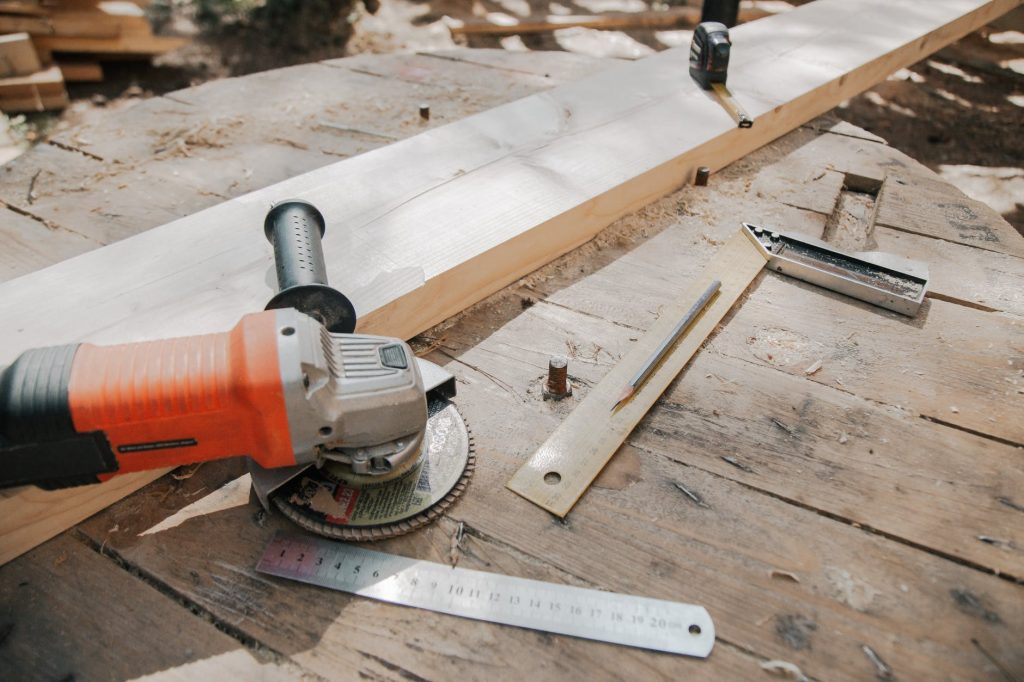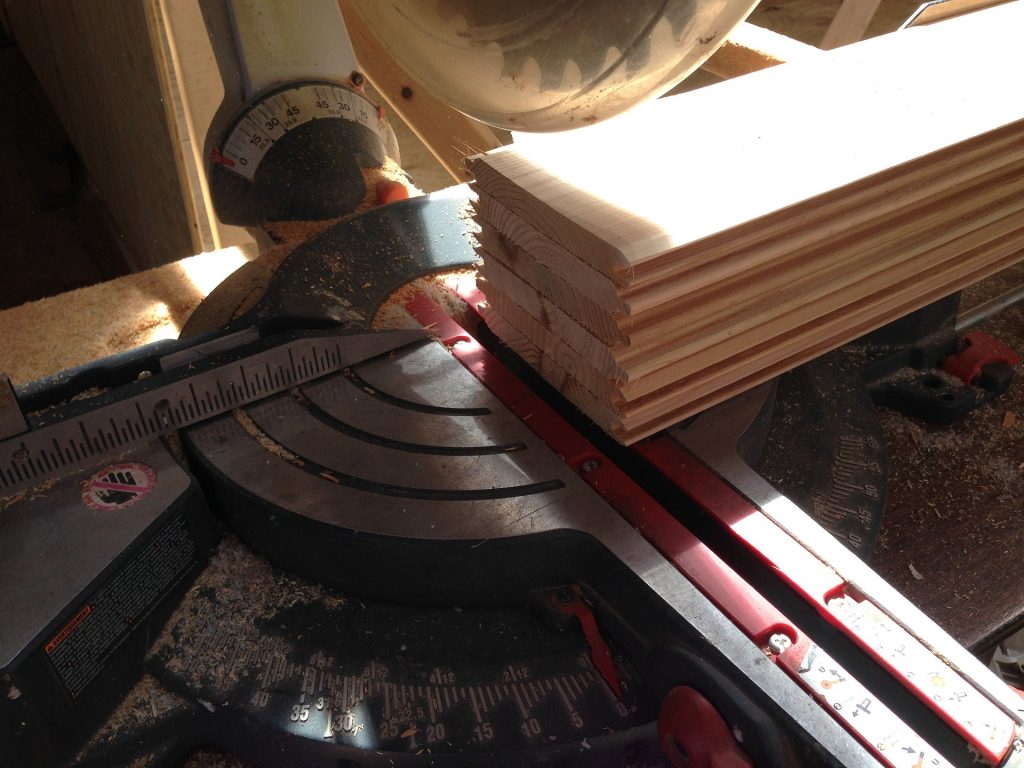A circular saw is ideal for any woodworking project. It works best when cutting plywood or a longboard.
In most cases, circular saws are used with a table for cutting. However, not everyone has a table to use with their circular saws.
If you want to learn how to use a circular saw without a table, then read the following article carefully.
Quick Summary
The following information will be covered in the article:
- How to use a circular saw without a table
- Safety tips when working with a circular saw
- Types of Circular Saw Blades
How to Use a Circular Saw without a Table
There are two common methods that you can use if you do not have a table with your circular saw.
Method 1
This is the easiest and probably the most popular method of using a circular saw without a table. The following is the procedure:
Step 1
For this method, you require a wood that is high in moisture or simply a pressure-treated plywood. We recommended that you use a circular saw blade that is designed specifically for this pressure-treated plywood.
This blade comes with a non-stick covering that reduces friction when the blade cuts through damp wood.
Step 2
The second step requires you to fit the saw with a type of edge guide. This edge guide ensures that the cutting is even from one point to another as it moves along the side of the plywood.
Step 3
You need to make sure that the blade’s depth is set accurately and precisely so that the blade goes through the wood easily.
In most cases, 0.25 inches depth of the blade would be enough.
Step 4
For the fourth step, you must place the unused pieces of wood on the sawhorses so that you can cut exactly the way you want to.
This way you can easily make a cut from one end of the plywood to the other.
Note: The key for making accurate cuts with this method is to choose the right circular saw and the right circular saw blade.
Method 2
The second method of using a circular saw without a table requires you to use a track under it. For this, you can either buy a track or make one home.
Here we will explain how to make one at home.
Materials required for making a track:
- Tape measure
- Combination square
- Pencil
- Blue or black chalk line
- Regular drill
- Countersink drill
- Wood screws
- Circular saw
Step 1
For the first step, you have to use your tape measure and measure out two boards. One of these boards should be 2.5 inches wide.
It is recommended that you use the straightest boards possible for accurate cuts.
Step 2
Then grab another board. Make sure that the board is at least 11-12 inches wide and has a width of about 0.75 inches.
You can even use plywood for this.
Make a straight line using chalk or pencil to the 4.5-inch mark according to the base of your circular saw. Then across the width of the board make the cuts.
Make sure that you get the line perfect.
Step 3
Set the smaller pieces of wood along the line covering the outside line area. Clamp the vertical edges of the wood to ensure they remain stable.
The smaller board may still move a little after clamping. In that case, use the countersink drill to drill some holes all the way through. Then use screws to fasten it to the larger board. This way you will have a stronghold of both of the boards.
Step 4
Clamp the larger board very tightly to the table and then make a plunge cut to trim this to an exact size.
Then place the base of the circular saw adjacent to the smaller piece of wood and cut the rest of the larger piece of wood.
By doing this you will have zero clearance and the blade will touch the horizontal piece of wood which will serve as a reference point for your cuts.
Step 5
Now to cut a piece of wood you can easily put it beneath the track you just made. Just clamp it tightly and place the base of the saw in the same way.
Place it touching the smaller piece of wood and place the blade adjacent to the larger piece. Lastly, just run the saw through the larger piece to have an accurate cut.
You can follow both these steps to use your circular saw without a table.
Circular Saw Safety Tips
When working with a circular saw, even a minor distraction can lead to a serious injury. A circular saw is considered the most convenient as well as the most dangerous type of saw.
If things go wrong there is no time to react.
To avoid these problems when using a circular saw, you need to follow the following safety precautions:
- You should never work alone
- When cutting always hold the circular saw with both of your hands
- Short materials should be cut from long materials first
- Even when making minor adjustments, unplug the circular saw from the power outlet
- Before cutting make sure that the blade guard is moving freely to both open and closed position
- When cutting ensure that the surface below is stable
- The depth of the saw should be at least ⅛ inches thicker than the material
- Tie back any loose clothes, hair, jewelry, or anything that might get caught in the saw
- Once the cut is made, never let go of the saw if the blade is still spinning
- Always stand to the side to stay away in case of a potential kickback
- Always wear safety glasses and hearing gear when working with the saw
- Wear a dust mask to protect yourself from harmful gases and dust particles such as sawdust
- Do not use the saw if it vibrates as some parts of it can be loose
- Never force the saw as it can damage it
- Avoid cutting near screws or nuts as they can damage the blade of the saw
Types of Circular Saw Blades
There are two common types of blades available in the market. Both serve a different purpose and are used for different types of projects.
Rip-Cut Blades
Rip-cut blades are known to have fewer teeth and cut along the length of the board. The fewer teeth ensure that the blade cuts more in less time. However, the quality of these cuts is not up to the mark.
These blades are used when finesse is not an issue and quantity is preferred over quality.
Cross-Cut Blades
Crosscut blades on the other hand have more teeth. The number of teeth ranging from 80-120 is V-shaped. This ensures that the quality of the cuts and their edges is super smooth and accurate.
These types of cuts do take more time but the outcome is worth the wait. They are used for projects where quality is preferred over quantity.

Wrapping Things Up
You now have learned how to use your circular saw without a table with it. Moreover, you have also learned how to make a track at home for your convenience.
In addition to this, you hope you understand the important safety tips that can help you avoid injuries.
We hope the information we provided will assist you with your future projects. Let us know your opinions.

